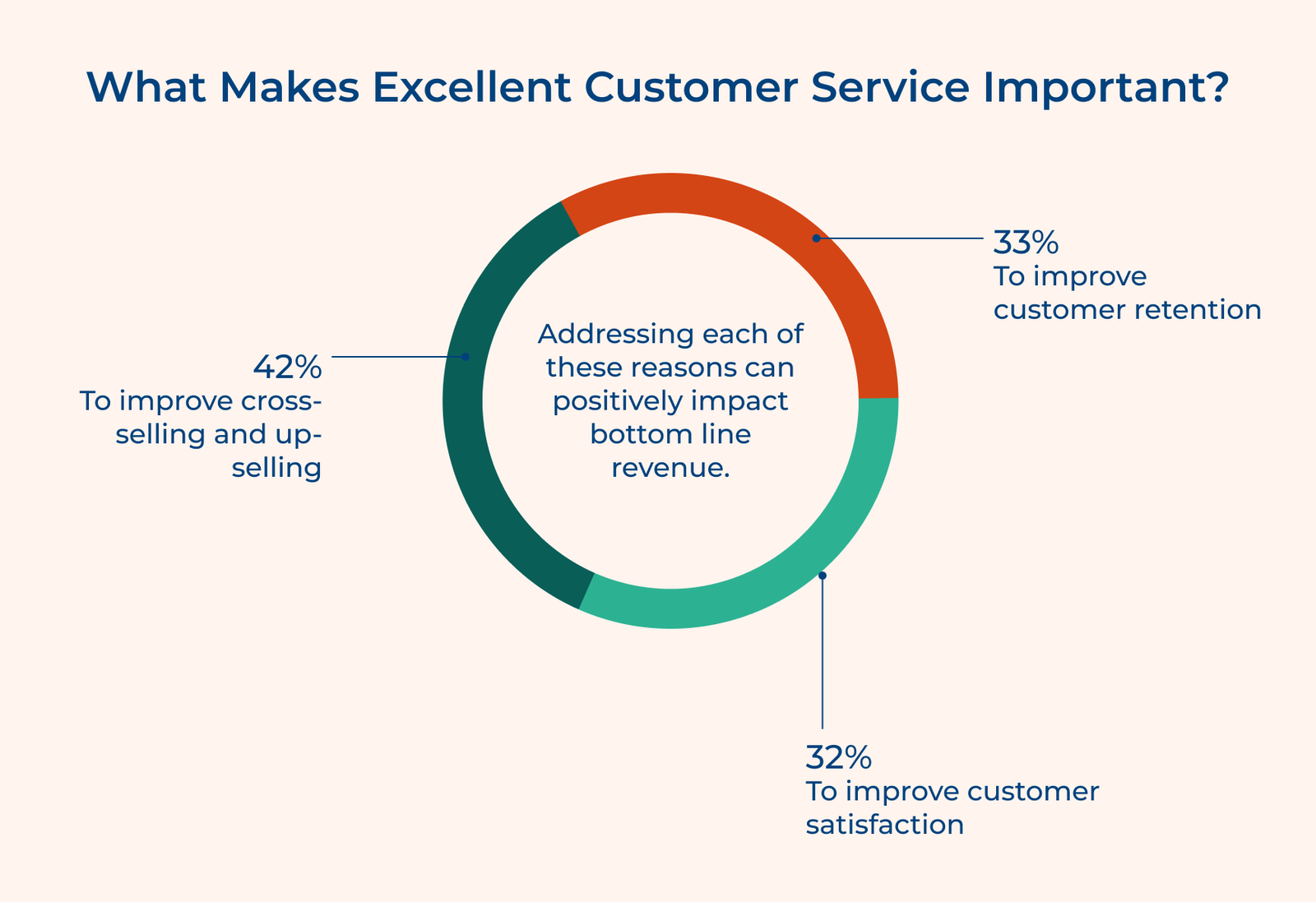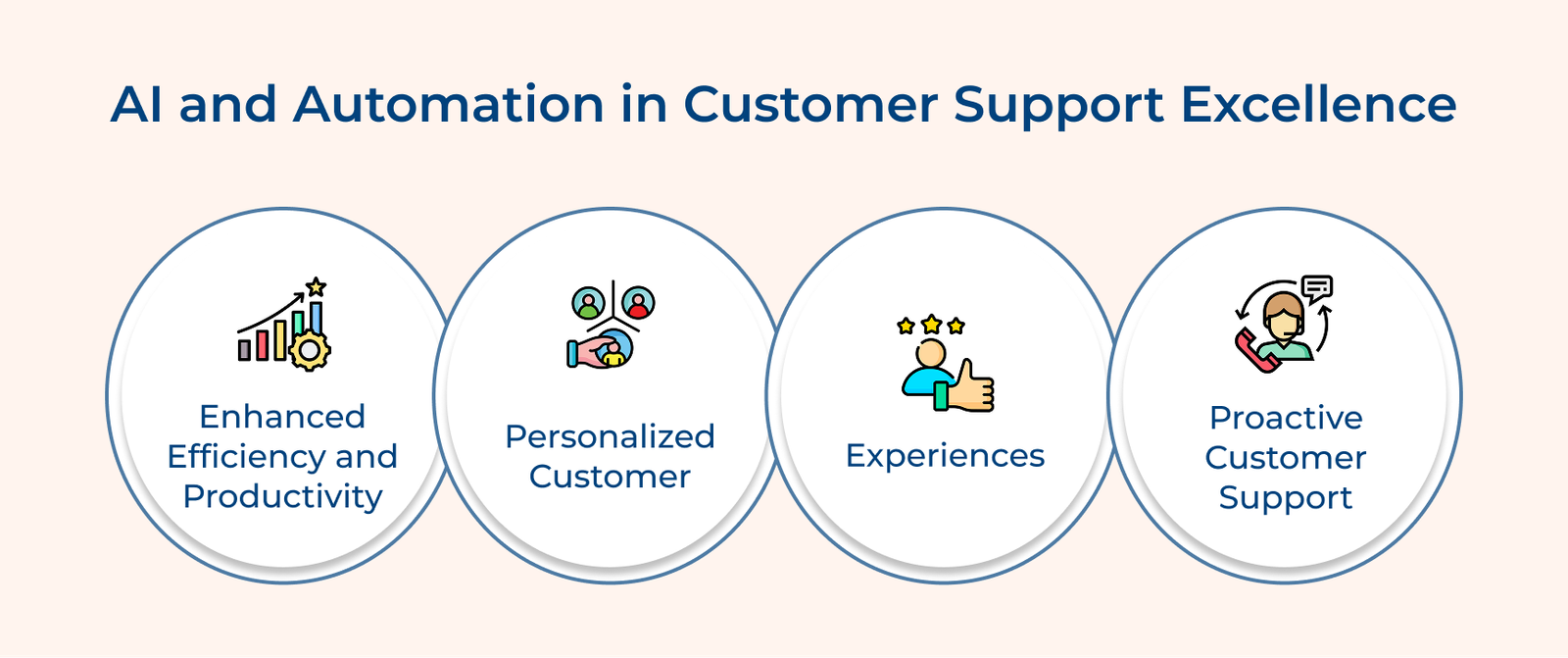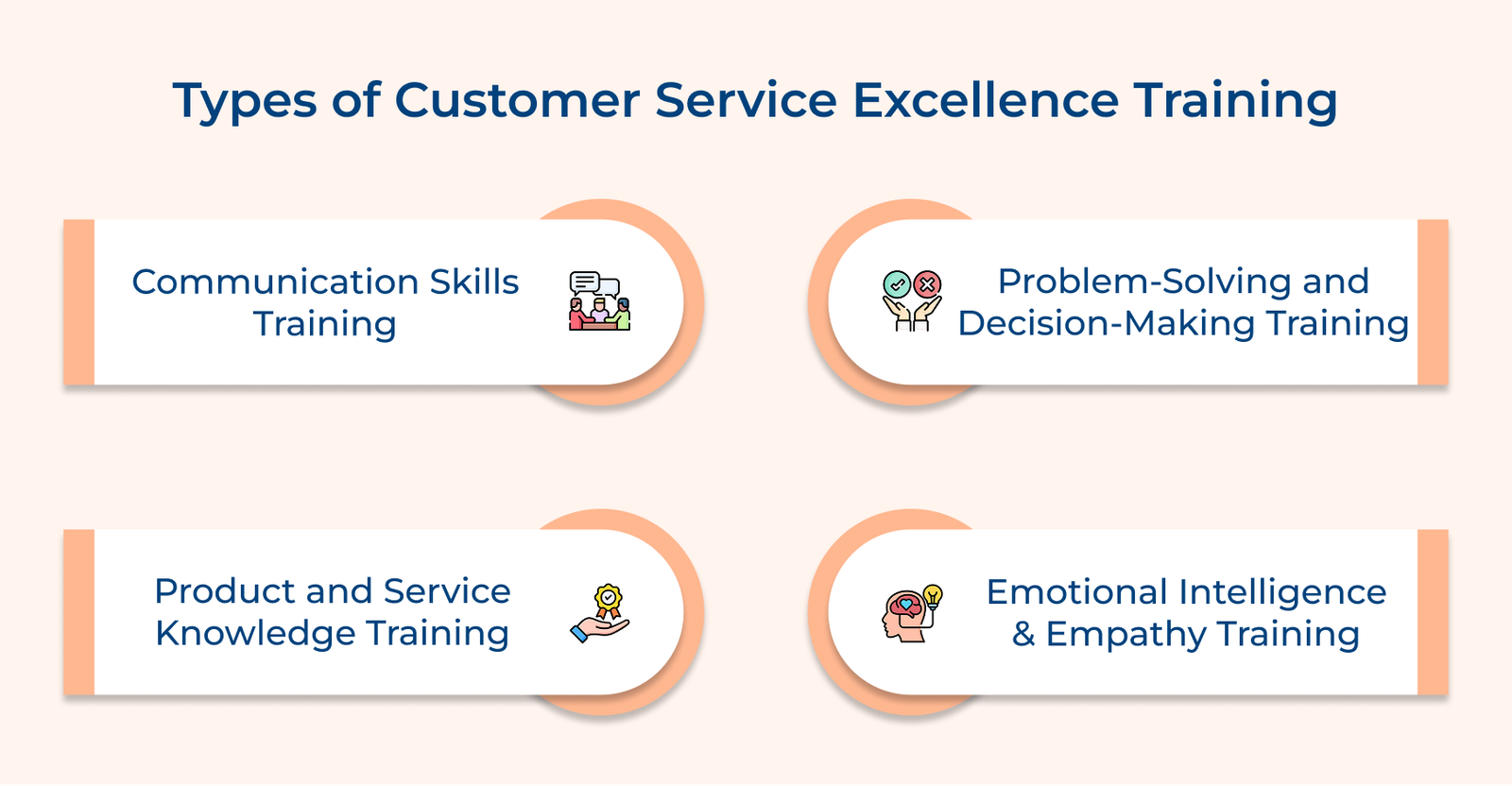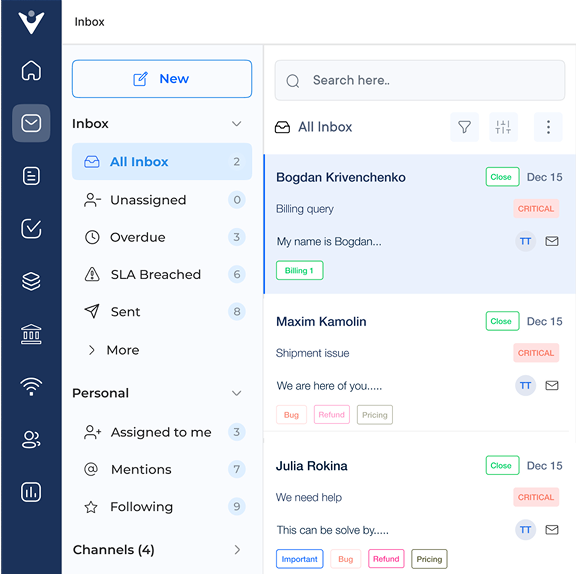1. Understanding Customer Expectations
Understanding customer expectations is a critical stage in achieving client customer excellence. It involves gaining insight into what customers want from a business to meet or even exceed their expectations. Businesses can enhance customer satisfaction, leading to long-term success, by addressing customer expectations effectively,
The stage enables businesses to align their services with what customers truly desire, enhancing customer experiences and strengthening relationships. Meeting and exceeding expectations helps businesses stand out from competitors.
Pro tips:
- Listen and communicate clearly: Ask for feedback, listen carefully and respond promptly to show customers their input matters.
- Research and adapt: Study customer trends to stay relevant and adjust your services when needs change.
- Personalize interactions: Use what you know about your customers to make each experience feel tailored and meaningful.
2. Empowering Your Customer Service Team
Empowering your customer service team means giving them the skills, resources and confidence to solve problems on their own. When employees feel trusted, they stay motivated, handle challenges more effectively and create better experiences for customers.
Empowerment also builds ownership. Team members who have the authority to act take responsibility for outcomes, which leads to quicker resolutions and stronger relationships. A positive work culture improves retention and overall job satisfaction.
Actionable tips:
- Invest in training: Offer regular sessions to strengthen skills and keep knowledge up to date.
- Encourage open communication: Build an environment where team members feel safe to share ideas and feedback.
- Give autonomy: Trust employees to make decisions and resolve issues directly, showing confidence in their judgment.
3. Implementing Effective Communication Channels
Effective communication channels refer to the various platforms and media used by businesses to engage with their customers. It includes phone calls, emails, live chats, social media platforms and even face-to-face interactions. Creating seamless communication channels is key to delivering exceptional customer service.
The importance of implementing effective communication channels cannot be overstated. It allows businesses to address customer concerns promptly, providing timely solutions. Effective communication improves overall customer experience, leading to repeat business.
Best practices:
- Offer multiple options: Customers expect interactions across multiple channels. Implement a unified system that allows for smooth transitions between channels, ensuring that customers do not have to repeat information.
- Train your team: Give customer service staff the skills and knowledge to handle each channel confidently, from listening carefully to solving problems effectively.
- Collect feedback: Ask customers about their communication experience and use their input to make improvements. Adjust your approach as needs and preferences change.
4. Personalizing Customer Interactions
Personalizing customer interactions means adjusting your approach to fit each customer’s needs, not just addressing them by name. It’s about listening carefully, understanding their situation and offering solutions that feel right for them.
The personal touch strengthens relationships, builds loyalty and encourages customers to recommend your business to others. When people feel seen and understood, the experience becomes more memorable.
Key takeaways:
- Use customer data wisely: Track preferences, past purchases and feedback to tailor support.
- Balance automation with human care: Automate simple tasks but keep communication warm and personal, like customized emails or follow-ups.
- Train employees in empathy: Give staff the skills to listen, understand and adapt so they can make each interaction feel genuine.
5. Resolving Issues Swiftly and Effectively
Resolving issues swiftly and effectively is a crucial stage on the path to achieving excellence. Whether you are in a retail setting, a call center or providing online support, the stage plays a pivotal role in ensuring customer satisfaction.
Resolving issues swiftly and effectively is important because it directly impacts the overall customer experience. When customers encounter problems or have concerns, they expect prompt resolutions. Failing to address their issues on time can result in frustration and dissatisfaction.
Pro tips:
- Listen and show empathy: Give customers space to explain their concerns and acknowledge their feelings. It builds trust and makes them more open to your solutions.
- Be clear and transparent: Explain what steps you’ll take, set realistic expectations and keep customers updated along the way.
- Offer proactive solutions: Solve the immediate issue, but also suggest ways to prevent it from happening again. Turning a problem into a positive moment can strengthen the relationship.
6. Creating a Customer-Focused Culture
A customer-focused culture is one where every employee sees customer satisfaction as part of their job. It involves a shift in mindset, where every employee recognizes that they have a role in providing outstanding customer service, regardless of their specific job function.
Companies with a strong customer focus often see better loyalty, higher retention and steady growth. Businesses can build stronger relationships and create lasting success by putting customers at the center of decisions.
Actionable tips:
- Empower and hold accountable: Give employees the freedom to solve problems, along with the tools and resources they need. Make sure everyone understands their role in shaping the customer experience.
- Listen and improve: Regularly gather feedback from both customers and employees, then act on it. Small, continuous improvements add up to a better overall experience.
- Lead by example: Leaders and managers must embody the values they expect from their employees. When leadership shows commitment to customer care, the rest of the team follows.
7. Continuously Evaluating and Improving
The importance of continuously evaluating and improving cannot be overstated. It helps businesses meet customer expectations, adapt to trends and stay competitive. Organizations can spot areas for improvement by tracking performance and customer feedback. It helps businesses prevent customer dissatisfaction and increase profits.
Best practices:
- Seek customer feedback: Use surveys, forms or social media to understand customers’ experiences and adjust your approach accordingly.
- Monitor key metrics: Track response times, resolution rates and satisfaction scores to identify what’s working or what needs attention.
- Encourage team input: Invite employees to suggest ways to improve service. Their insights help create a culture focused on ongoing enhancement and better customer experiences.
5 Successful Examples Of Customer Experience (CX) Excellence
Check out the stories of success and explore the secrets behind their customer experience excellence.

















